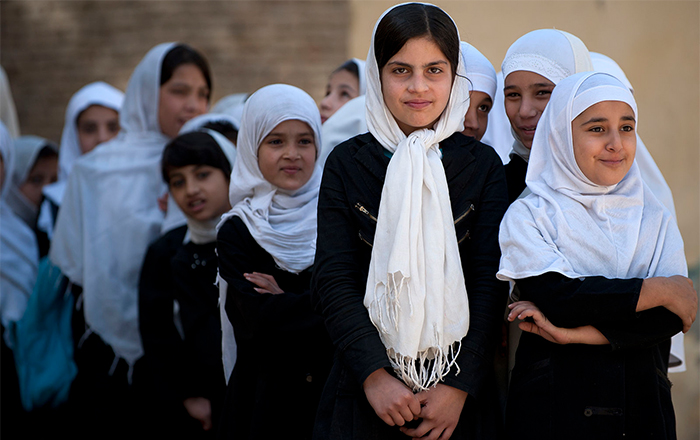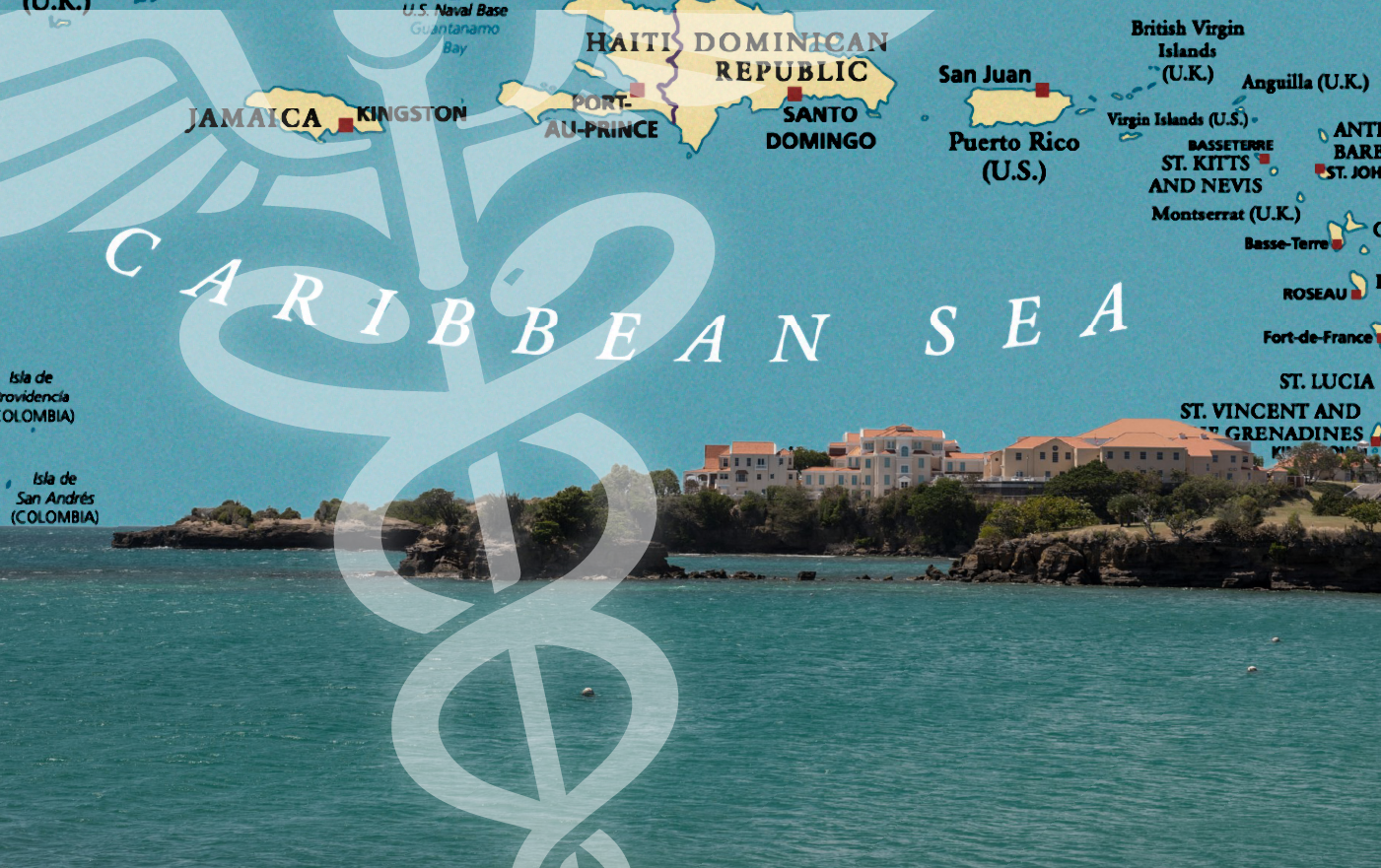Editor’s note: This article was originally published on Policy Options on June 15, 2023. It is republished here under a Creative Commons license.
It’s a scenario that plays out in cities and villages outside North America and Europe every year. Students make big plans to study in Canada at a well-respected college. Their training will help them land decent jobs and help their families in their home countries who are paying for their education through a loan on some farmland. But unscrupulous recruitment agents are dashing their dreams. Agents are providing fraudulent acceptance documents to their colleges and taking their tuition after tacking on a hefty service fee. Then, when students brimming with hope for a bright future finally arrive on campus, they’re told there’s no record of their registration.
This is becoming a common story as the rise of international students continues. But it’s not just the fault of duplicitous agents, it’s also a signal that there’s a problem with how Canada’s post-secondary education systems treat international students.
Ontario colleges have begun to react. In March 2023, publicly funded Ontario colleges (except Seneca College) introduced standards of practice for international education. The goal is to standardize services in the sector and to protect international students coming to the province. These standards, which will come into effect this summer, are a step in the right direction. But without accountability mechanisms, they are insufficient.
The international student population in Canada has tripled in the last 10 years. More than half of these international students (52 percent) choose Ontario as the destination for their studies, and the majority of them are enrolled at post-secondary level.
International education generates huge revenues for post-secondary institutions.
International students pay on average up to three times more in tuition than domestic students and they contribute to a significant portion of tuition fees collected across Canada. In Ontario, their college fees accounted for 68 percent of tuition fee revenues in 2020/21, totalling $1.7 billion. That exceeds provincial funding provided to the public colleges in the province.
International education has become an instrument to make up for the decades-long decline in provincial and federal funding to colleges and universities. To make up for this decrease, colleges and universities have been increasing their recruitment of international students.
As a business model, this method of dealing with public funding shortfalls comes with a social cost. International students face multiple obstacles before and after their arrival. Many receive false promises from unregulated agents who receive a commission from Canadian post-secondary institutions for every student they recruit. Some offer questionable information about employment and immigration opportunities in Canada.
There are reports of international students being used as cheap labour in the Canadian workforce. Many are vulnerable to housing scams and struggle with exorbitant rental fees in many cities. Some end up homeless.
Feeling stressed and under pressure to financially support themselves (and in some cases their families) and having to navigate under temporary immigration status, a growing number of international students are dying by suicide.
The standards of practice adopted by most publicly funded colleges aim to address these mounting concerns, establishing commitments to:
- Ensure that the promotion of programs aimed at international students is truthful and transparent, to help them make informed decisions about their future.
- Require all international agents representing Ontario colleges complete an industry-endorsed training program. Institutions must terminate contracts with any education agent who has engaged in any fraudulent, deceptive, or illegal behaviour.
- Provide students with information on services, facilities, and support systems both prior to and following their arrival in Ontario. This includes details regarding mental health services, student housing, and employment opportunities.
- Provide tailored assistance to international students to help them acclimate to their new setting.
- Help graduating international students settle in the province by providing information on immigration and employment services.
These standards also apply to 12 for-profit private career colleges that are part of Ontario’s Public-Private College Partnerships initiative.
It is promising that colleges have come together to improve the international student experience in Ontario. However, compared to existing standards, these new standards do not substantially raise the bar for their accountability.
Post-secondary institutions are already required to be designated by their respective provincial governments to admit international students. Those institutions are known as “designated learning institutions” and they enter into an agreement with the province, which sets the standards for compliance to receive and maintain the designation.
Ontario’s designation standards cover many of the areas included in the standards, including promotional activities and advertising and services to promote student well-being. The goal is to guarantee that post-secondary institutions, including public colleges, adhere to consistent quality standards.
The Ontario College Quality Assurance Service (OCQAS) and the Postsecondary Education Quality Assessment Board (PEQAB) oversee the quality of non-degree programs and degree programs, respectively, through the college quality assurance audit processes. The Ministry of Colleges and Universities relies on the OCQAS and PEQAB to ensure that public colleges offer quality programs. The standards of practice will be embedded into the existing compliance audits conducted by these entities. However, the new standards do not provide details of the audit process or the consequences for non-compliance.
Genuine commitment to addressing the challenges international students face requires a robust regulatory system and enforcement. A fitting example is the legislation introduced by Manitoba in 2016 to regulate the educational service provider industry and protect international students from potential fraud and negligence.
Ontario could do more for the growing market of international students and to maintain a high bar for the province’s higher education sector by introducing legislation and strengthening the monitoring of the practices of recruitment agents and destination colleges and universities. There must also be investments in compliance and enforcement mechanisms.
Offering solutions to address the hurdles international students encounter in each Canadian province or territory requires a comprehensive approach. Accomplishing this requires co-ordinated collaboration and co-operation among the many stakeholders in the post-secondary ecosystem, including all levels of government and post-secondary institutions.
Such approaches involving multiple stakeholders will also need to address a root concern: how underfunding has led to higher tuition fees for international students and the impacts that has on them.
For hundreds of thousands of other international students this issue is paramount.




